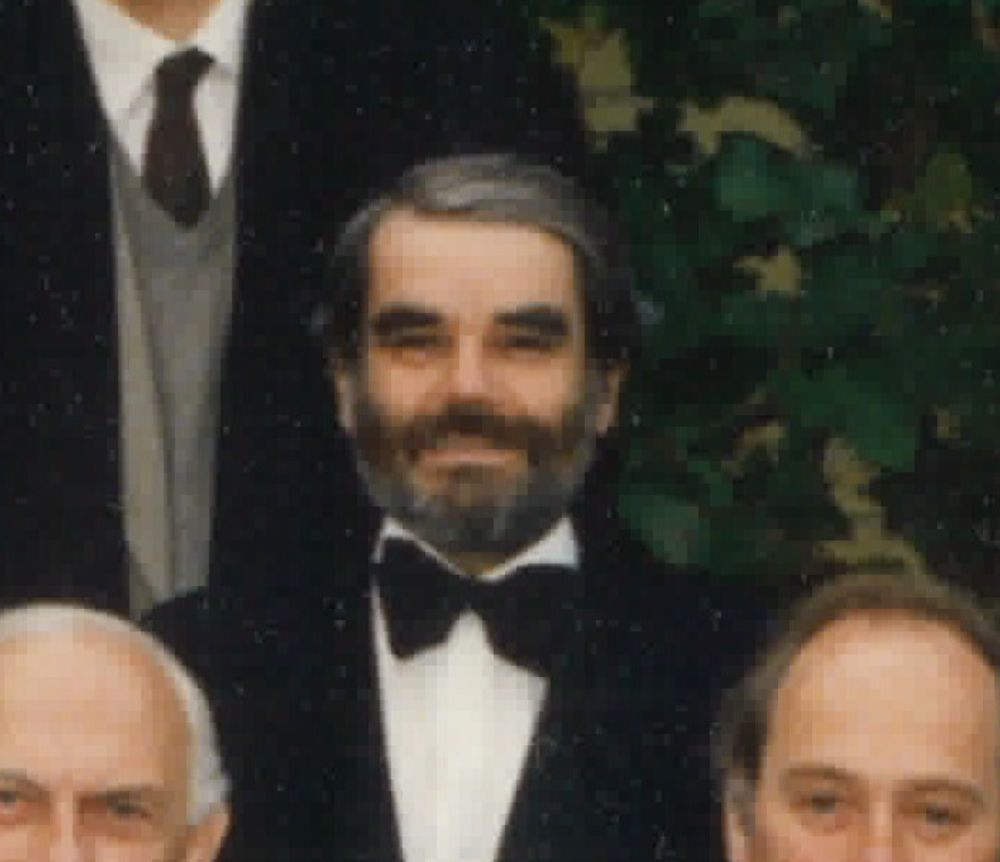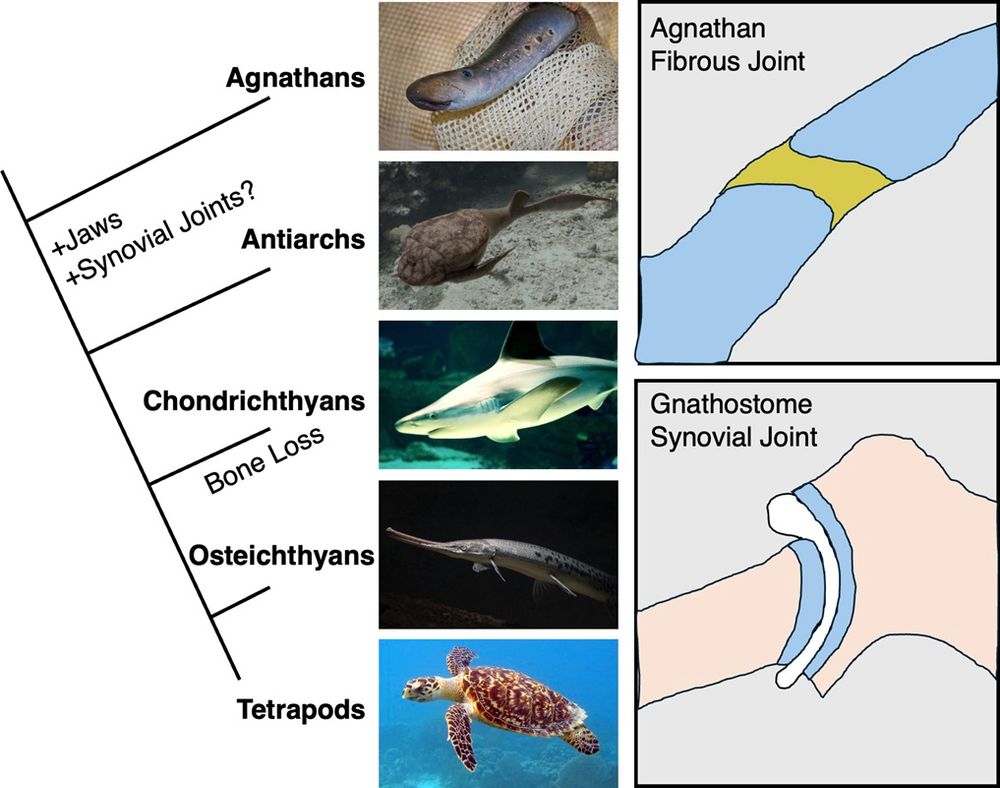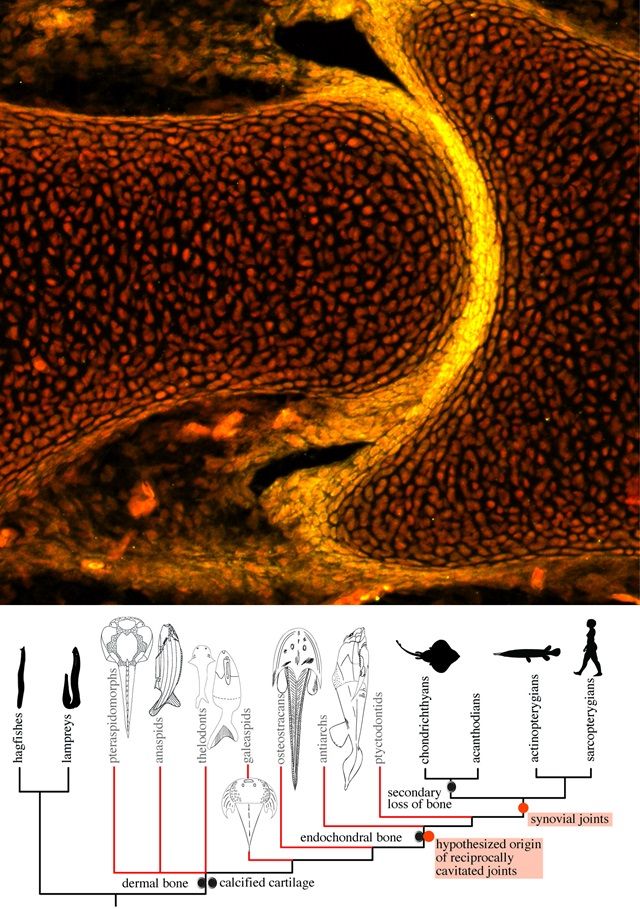Neelima Sharma
@neelimasharma.bsky.social
160 followers
280 following
5 posts
Postdoc@Shubin Lab at UChicago.
PhD@Venkadesan Lab at Yale University.
Intrigued by the role of mechanics in the development and evolution of morphology and control.
Posts
Media
Videos
Starter Packs
Pinned
Neelima Sharma
@neelimasharma.bsky.social
· Feb 26
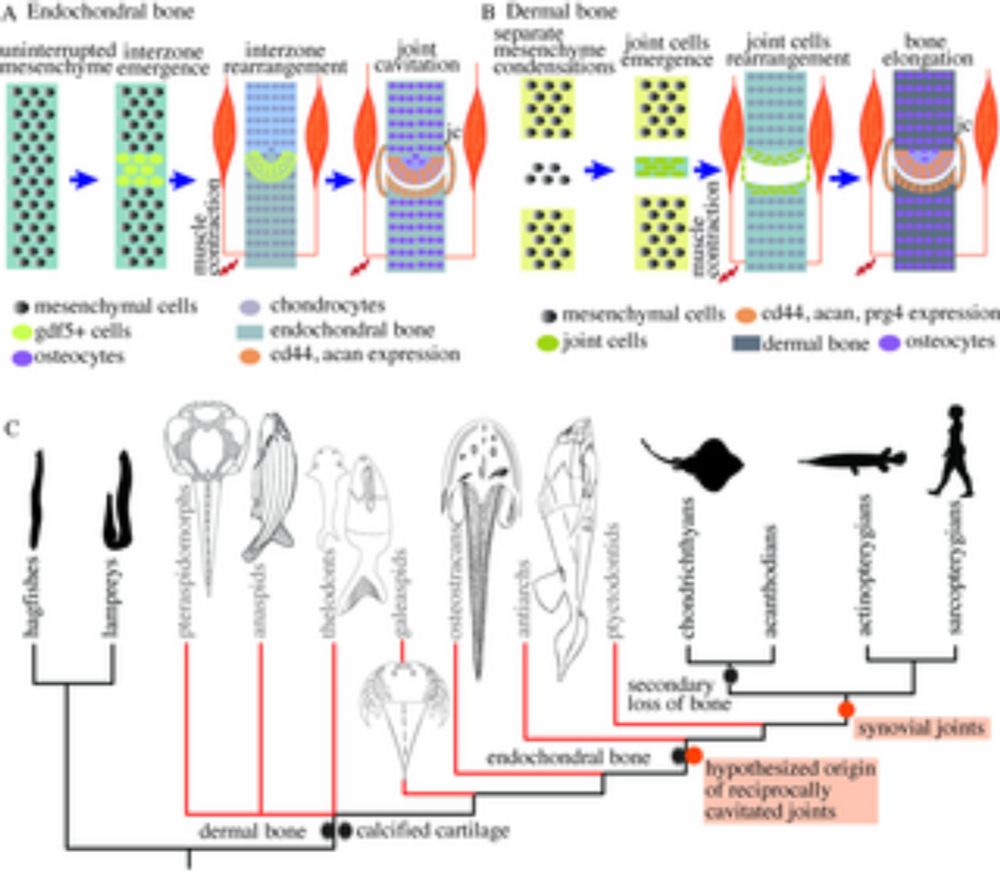
Synovial joints were present in the common ancestor of jawed fish but lacking in jawless fish
Synovial joints are characterized by lubricated articular surfaces separated by a cavity, providing mobility and load-bearing, but when did they evolve? This comparative and developmental study reveal...
plos.io
Neelima Sharma
@neelimasharma.bsky.social
· Aug 12
Reposted by Neelima Sharma
Sam England
@samjakeengland.bsky.social
· Jul 24
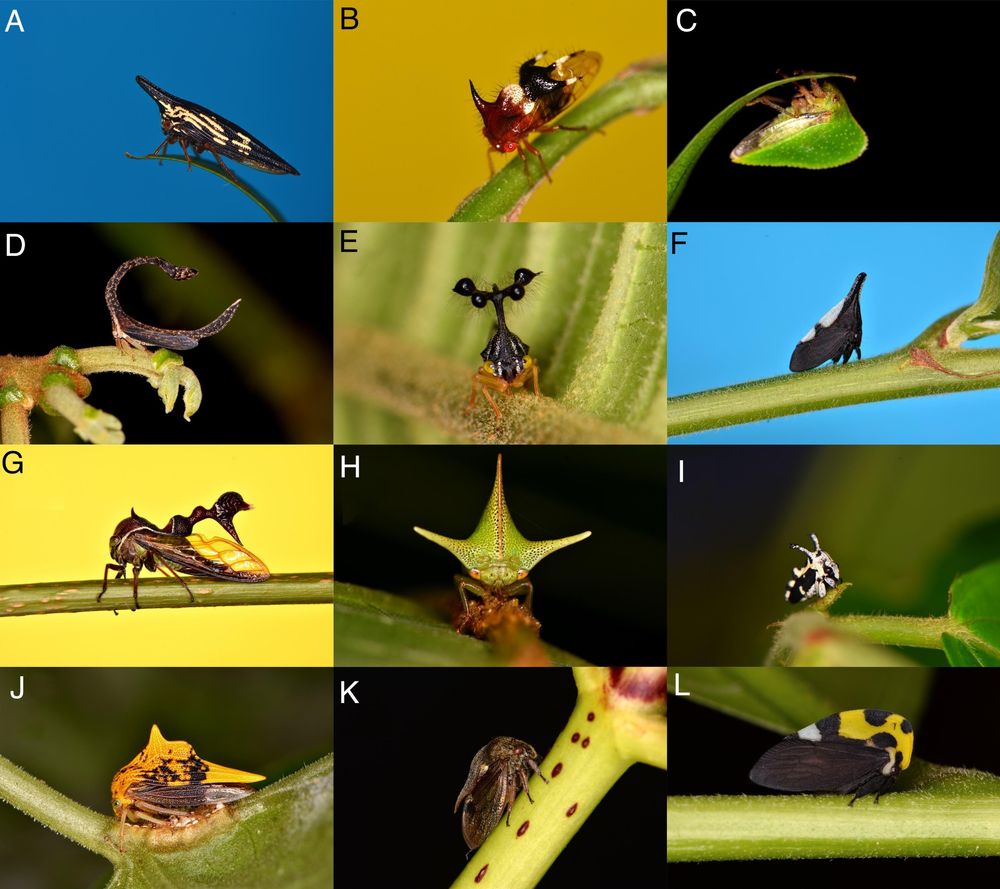
Electroreception in treehoppers: How extreme morphologies can increase electrical sensitivity | PNAS
The link between form and function of an organism’s morphology is usually apparent
or intuitive. However, some clades of organisms show remarkable ...
doi.org
Reposted by Neelima Sharma
Sergio Menchero
@sermenchero.bsky.social
· Jul 24
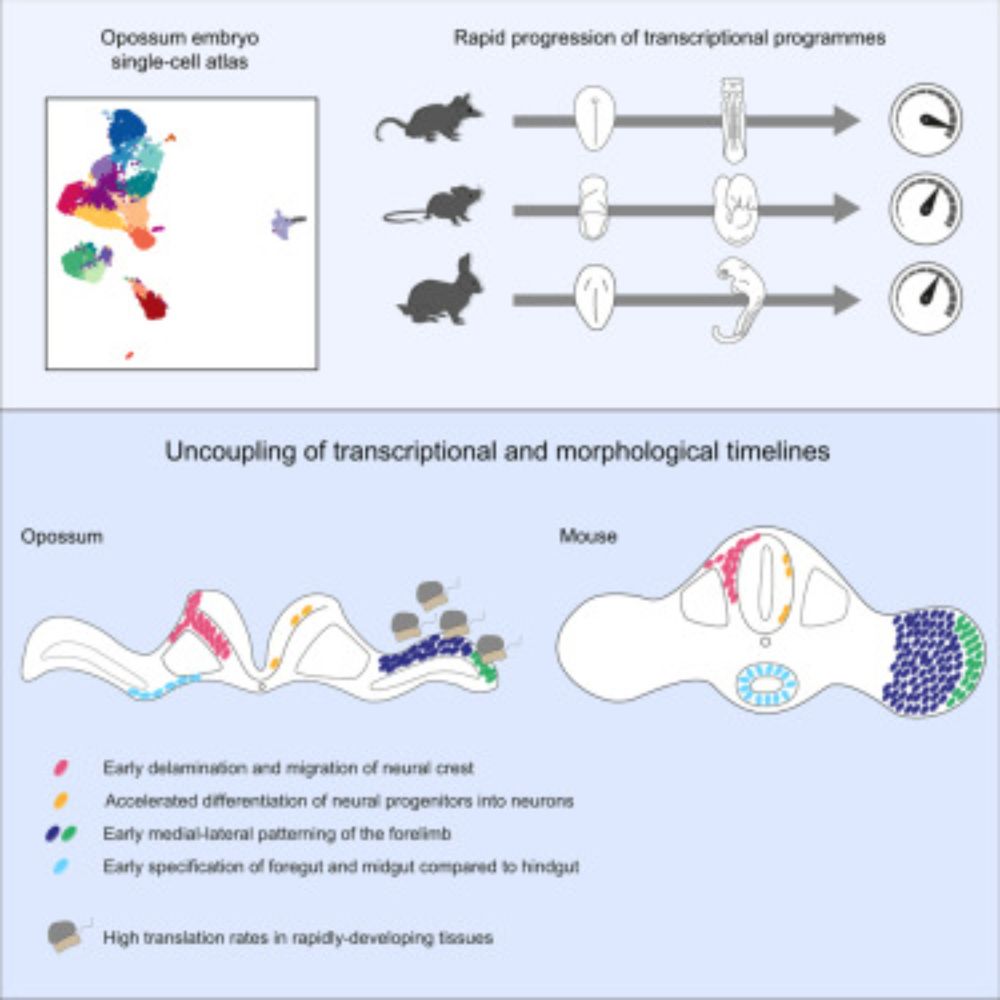
Marsupial single-cell transcriptomics identifies temporal diversity in mammalian developmental programs
Menchero et al. generate a single-cell transcriptomic atlas in the opossum and show
rapid progression of transcriptional programs in specific tissues relative to morphological
landmarks. This shift in...
www.cell.com
Reposted by Neelima Sharma
Reposted by Neelima Sharma
Matteo Fabbri
@mfabbri.bsky.social
· Jul 9
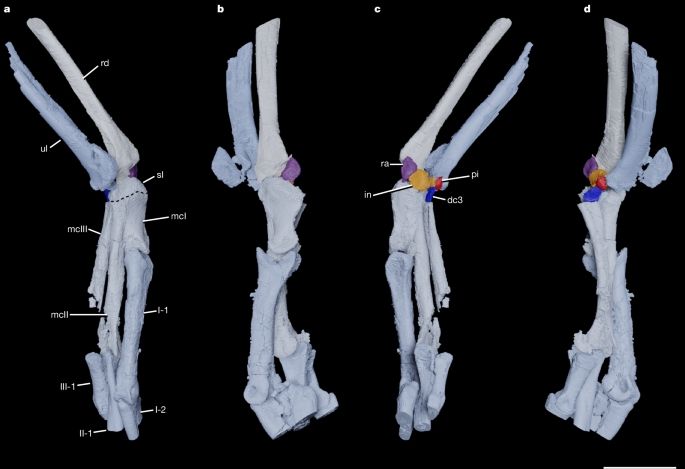
Reorganization of the theropod wrist preceded the origin of avian flight - Nature
The forelimbs of two Late Cretaceous theropod dinosaurs show the presence of the pisiform bone, previously thought to have been lost early in theropod evolution and regained in birds during the evolut...
www.nature.com
Reposted by Neelima Sharma
Neil Shubin
@neilshubin.bsky.social
· May 21
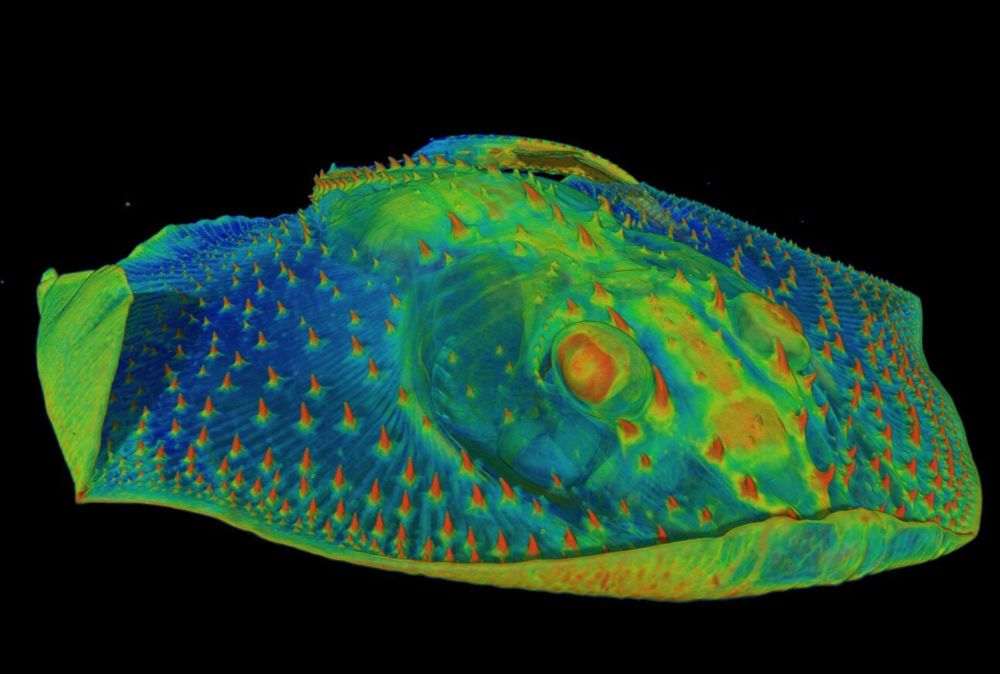
Teeth first evolved as sensory tissue in the armored exoskeletons of ancient fish, fossil scans find
Anyone who has ever squirmed through a dental cleaning can tell you how sensitive teeth can be. This sensitivity gives important feedback about temperature, pressure—and yes, pain—as we bite and chew ...
phys.org
Reposted by Neelima Sharma
Manuel Razo
@mrazo.bsky.social
· May 15
Reposted by Neelima Sharma
Tetsuya Nakamura
@nakamuralab.bsky.social
· Feb 27
Neelima Sharma
@neelimasharma.bsky.social
· Feb 26

Synovial joints were present in the common ancestor of jawed fish but lacking in jawless fish
Synovial joints are characterized by lubricated articular surfaces separated by a cavity, providing mobility and load-bearing, but when did they evolve? This comparative and developmental study reveal...
plos.io
Neelima Sharma
@neelimasharma.bsky.social
· Feb 27
Reposted by Neelima Sharma
Neelima Sharma
@neelimasharma.bsky.social
· Feb 26

Synovial joints were present in the common ancestor of jawed fish but lacking in jawless fish
Synovial joints are characterized by lubricated articular surfaces separated by a cavity, providing mobility and load-bearing, but when did they evolve? This comparative and developmental study reveal...
plos.io
Reposted by Neelima Sharma
Reposted by Neelima Sharma



